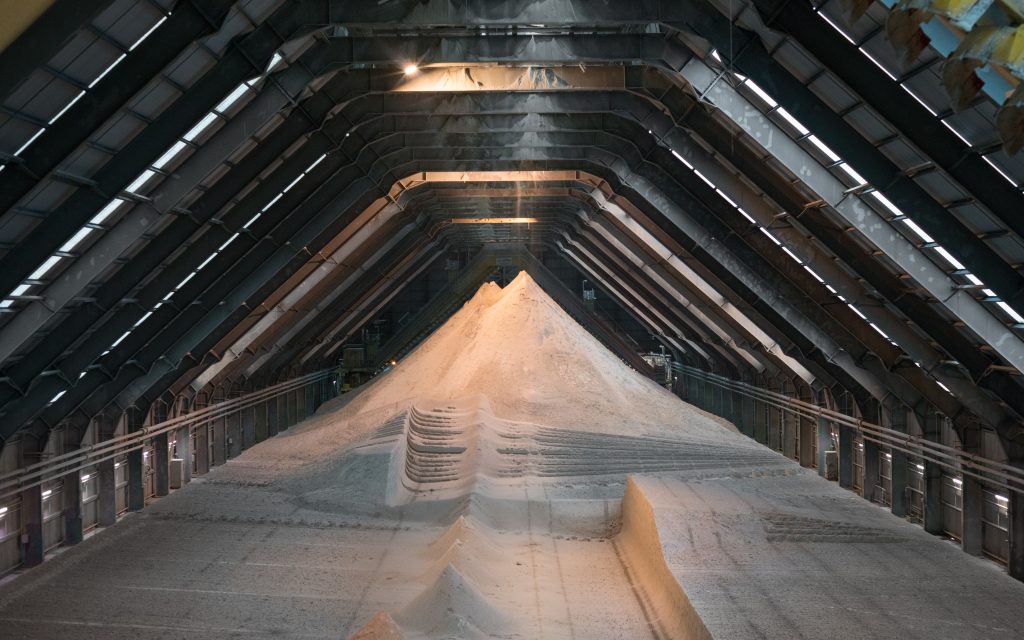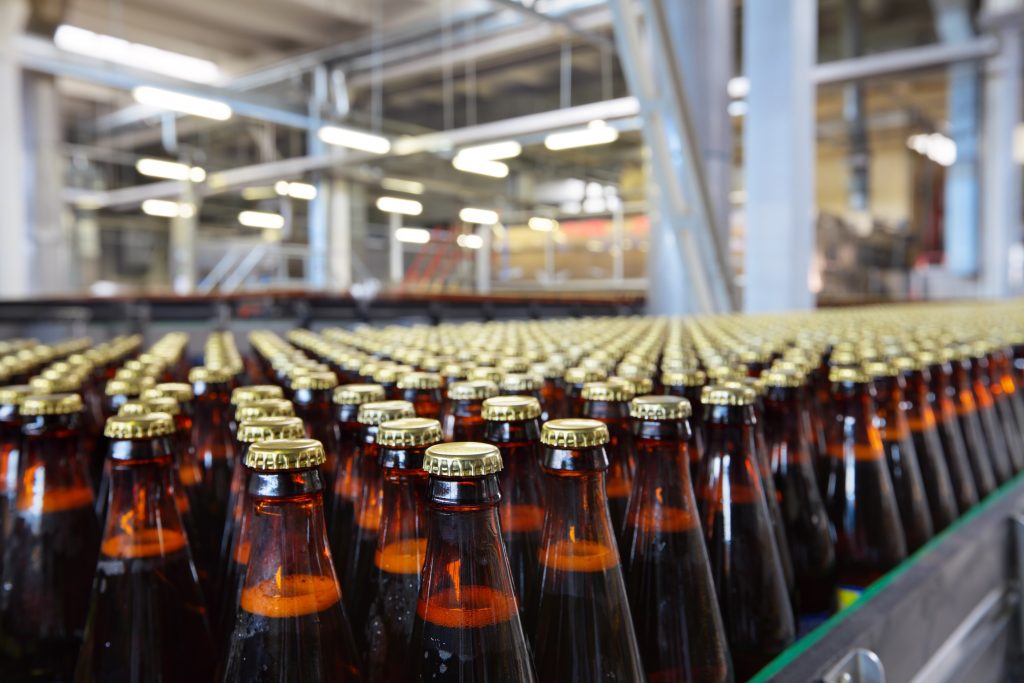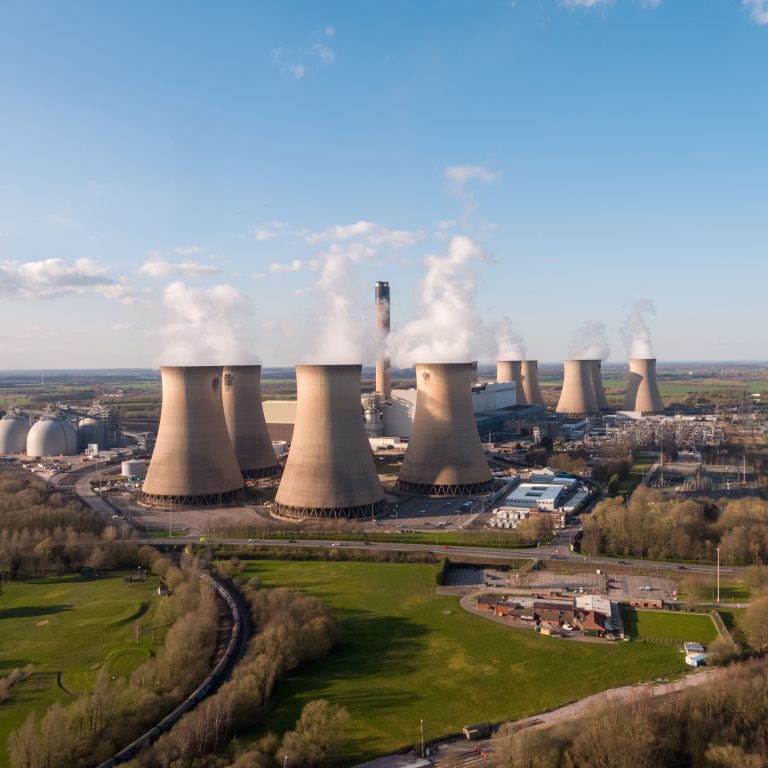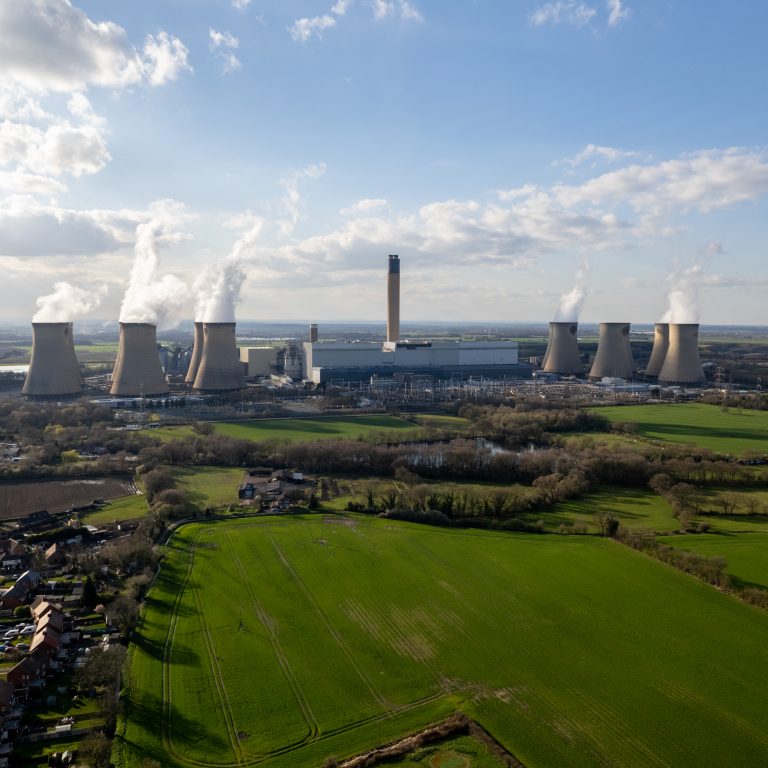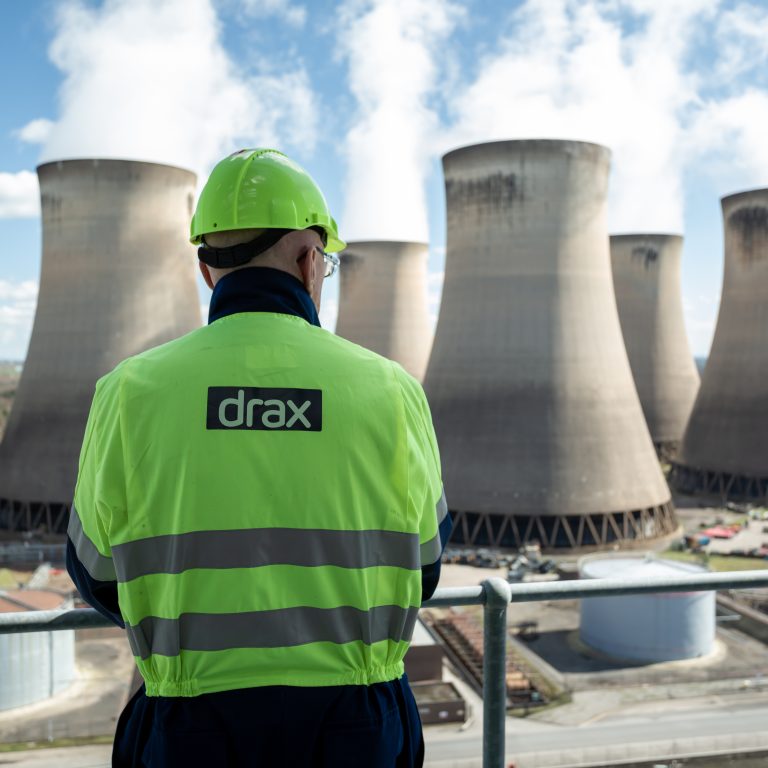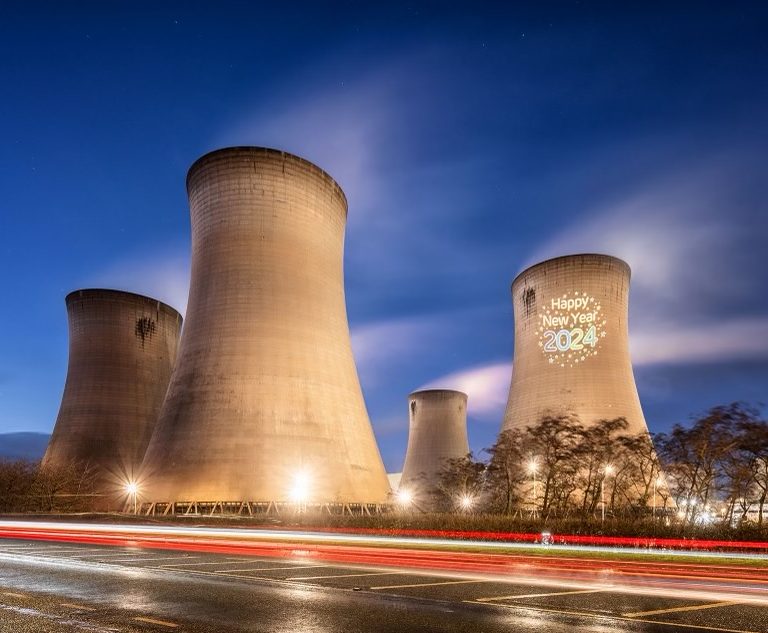Chances are, wherever you’ve been today, you’ve never been further than a few feet away from gypsum. It’s equally likely, however, you don’t know what gypsum is. You might not recognise it in its raw form – a soft, chalky white mineral made up of calcium and sulphur. But you will recognise the things it’s used in: buildings, food, fertilisers – the list goes on.
It’s a hugely versatile mineral, and while it’s naturally-occurring, it’s also a by-product of electricity generation.
Where does gypsum come from?
Gypsum is formed naturally when lakes or lagoons with a high amount of calcium and sulphates evaporate. This evaporation leaves behind layers of sediments, which eventually harden into a mineral (gypsum) which can then be mined.
It’s also sometimes found on the earth’s surface, where it can give rise to spectacular natural environments like the White Sands Desert in New Mexico, or slowly crystallise underground into formations like the Cave of the Crystals in Chihuahua, Mexico.
But gypsum can also be formed as a by-product of industrial processes – electricity generation being one. When coal is used to generate electricity it releases sulphur. At Drax Power Station flue gas desulphurisation (FGD) technology removes up to 90% of that sulphur dioxide, which takes the form of gypsum – a lot of it. In 2016, 80,000 tonnes of gypsum was produced and sold by Drax.
Today that gypsum is sold to just one supplier who uses it to make plasterboard, but there are a number of varied uses for this versatile mineral.
Construction
One of gypsum’s most abiding uses in human society has been in construction. In ancient times, it was used widely for making cement, or as a construction material in its own right – the interior of the Great Pyramids of Giza are lined with gypsum.
Today, it’s still a prominent feature of the building industry. Gypsum is the key component in plasterboard, which is produced by passing a gypsum paste between two sheets of paper. When the paper sets, the resulting gypsum sandwich forms the tough and ubiquitous plasterboard. Today, all gypsum created at Drax Power Station is used to create plasterboard.
It’s also a core ingredient in several forms of cement making and can – in its paste form – be applied as a plaster covering for existing walls and surfaces.
Agriculture
After its use in construction, gypsum’s most important historical use is as a fertiliser. Gypsum is rich in sulphur, which plants – in particular oil and legume crops – need for healthy growth (it’s the same reason why volcanic soils are particularly fertile). Gypsum’s high calcium content also helps strengthen plant cell walls and aids in the absorption of nutrients. More than just helping the plants, gypsum fertiliser can also help reduce soil toxicity and improve its structure by allowing water to be absorbed and to drain more efficiently.
Arts
Beyond its many practical uses, gypsum also has a long history in the fine arts. Gypsum in its plaster form (often called plaster of Paris, after the Montmartre hill where it was originally quarried) can be used for sculpting and decorative ornamentation.
When left in its solid form, gypsum is known as alabaster, and has been used for millennia in monumental sculpting, often as a softer alternative to marble. Alabaster sculptures and statues have been produced by ancient societies in Egypt, Syria and Byzantium.
Gypsum powder has also been used as an ingredient in colours in delicate inks used in medieval illuminations as well as common blackboard chalk.
Cooking and brewing
The presence of nutrients like calcium in gypsum makes it an important ingredient in several recipes, including in making certain kinds of tofu. But it has a more interesting role in brewing.
The taste of beer is determined in part by the ‘hardness’ of the water used in the process. The higher the mineral content in water, the harder the water. ‘Soft’ water can be used to make sweet beers like pilsners, but if you want to make a bitter beer, gypsum can be added to harden the water with its high sulphur and calcium content, which in turn strengthens the flavour.
It’s worth mentioning, however, that only naturally-occurring gypsum is used in cooking and brewing. Gypsum acquired through desulphurisation processes is only used in industrial contexts like building.
Medicine
As it is malleable and sets quickly (sometimes within just a few minutes), gypsum has proven an ideal material for sculpting casts and splints. And anyone who has braces fitted knows only too well the unpleasant feeling of a plaster mould settling over the inside of their mouths. That’s gypsum too.
With an end date fixed for coal, it’s already a diminishing form of electricity generation. This in turn means less gypsum will created as a by-product and sold to industry.
And while this means there’ll be less of a connection between what your home is built with and what powers it, it won’t mean that you’re any less connected to gypsum every day. Gypsum has been a part of life for a long time, unlike coal, it’s one that will stick around.








